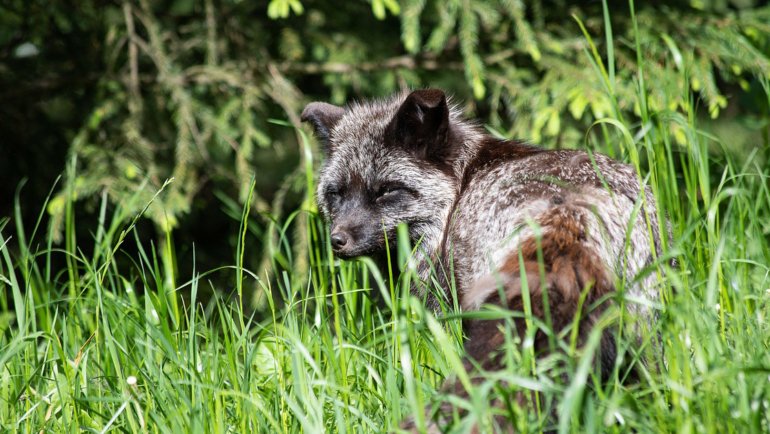The raccoon, sometimes called the common raccoon to set it apart from other species, is a mammal indigenous to the Americas. It is the largest member of the Procyonid family, measuring 40 to 70 cm in length and weighing 5 to 26 kg. But did you know that there are different types of raccoons?
Raccoons come in a wide variety of shapes, sizes, and colors. The Northern Raccoon, or Procyon lotor, is the most common species of raccoon in North America. But we also have the Eastern, Mexican, and Upper Mississippi Valley Raccoon. Knowing them by their name is not enough to differentiate them. So, let’s explore the different raccoon species and how they look.
How Many Species of Raccoons Are There?
There are seven recognized species of raccoons and raccoon-like animals, all belonging to the Procyonidae family, of which three are the “real” raccoons in the genus Procyon. These species are:
Common Raccoon (Procyon lotor)
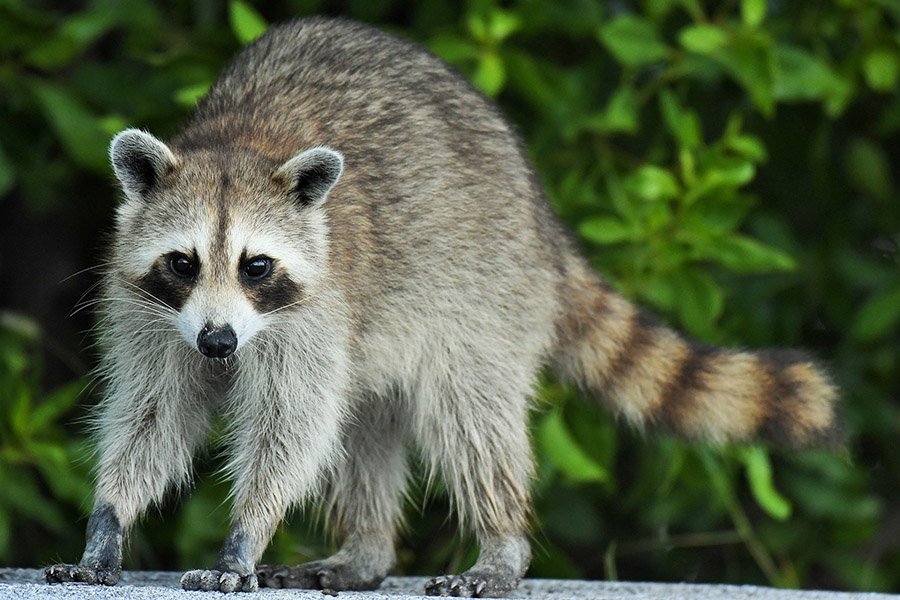
The most widespread and biggest species of raccoon in North America is the Procyon lotor, also known as the common raccoon or the North American raccoon. These are the types you often see around.
It has a black mask covering its eyes, and black rings decorate its bushy tail. Its body is covered in fur, usually around 40 to 70 centimeters long, and either gray or brown. Their body weight ranges from 5 to 26 kg.
Also read: Are Raccoons Dangerous? What to Do if You Encounter One?
Crab-Eating Raccoon (Procyon cancrivorus)
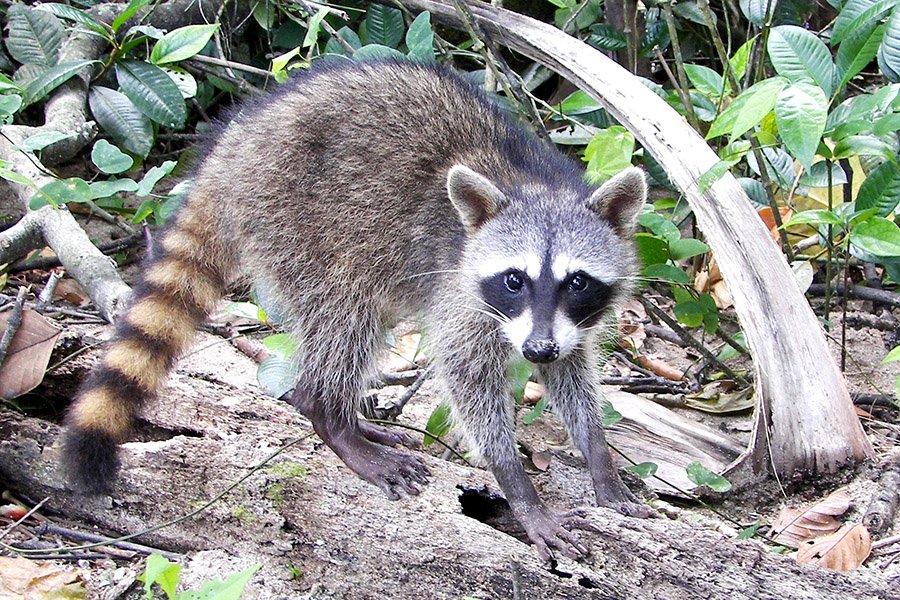
The crab-eating raccoon is another name for Procyon cancrivorus. This species enjoys eating crabs, as implied by their name. Like other raccoons, they may still eat a wide variety of foods.
They are a species of tropical raccoon that can be found roaming free in Costa Rica and parts of South America. The Procyon lotor is larger than this kind of raccoon. Although they still share many traits with other raccoons, they are simple to distinguish due to their skinnier and leaner appearance.
Pygmy Raccoon (Procyon Pygmaeus)
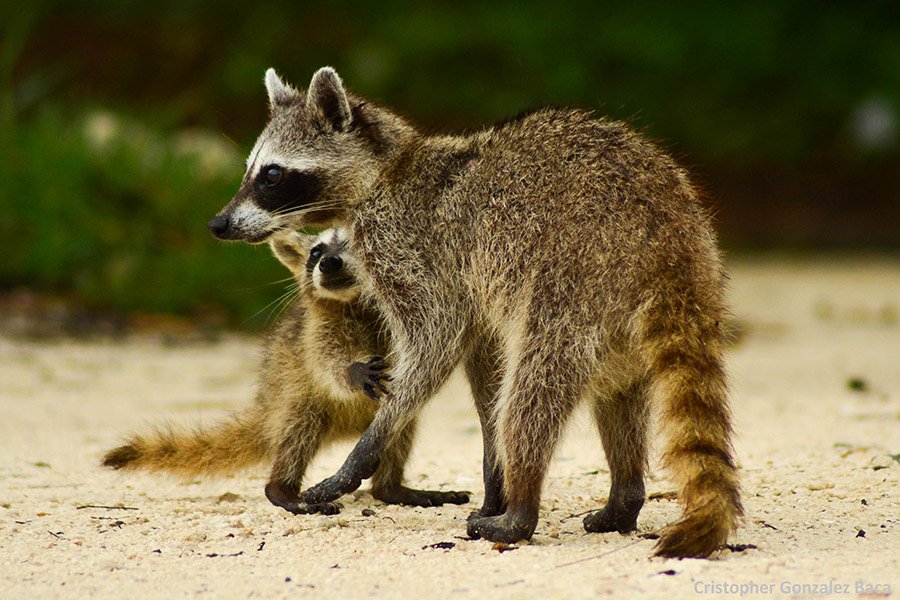
The Pygmy raccoon and Cozumel raccoon are other names for the Procyon pygmaeus. These raccoons are the fifth species on the island. In particular, the island of Cozumel in the wilds of Mexico is where you can find them.
They are the smallest of all the raccoon species. They have a body length of 40 centimeters and a weight range of 1.4 to 4.5 kg. But their reddish-brown fur is what makes them unique. This species also has a black mask covering its eyes, just like its North American counterpart.
Also read: What Eats Raccoons? The Top 12 Raccoon Predators
Coati (Nasua nasua)
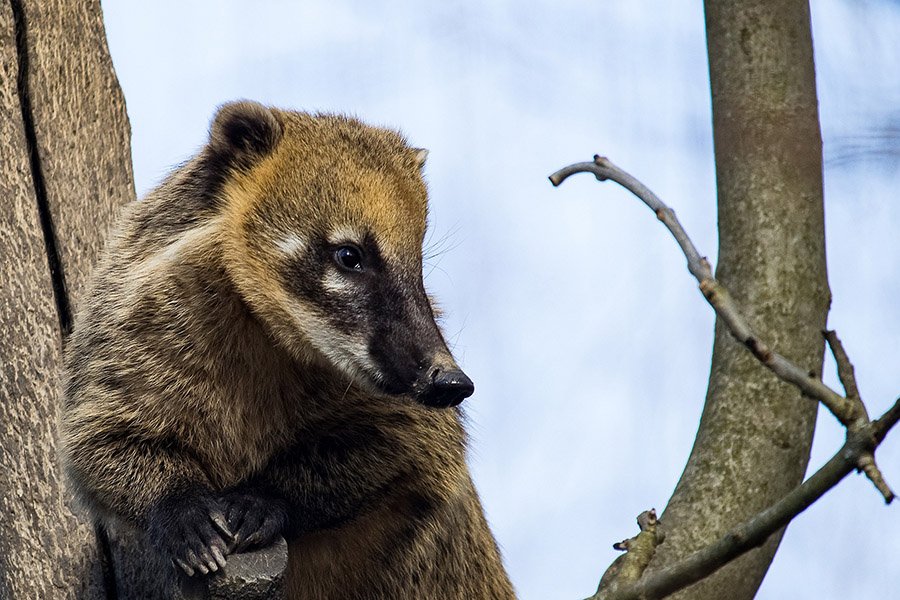
The ring-tailed coati, commonly known as the South American coati (Nasua nasua), is a species of coati and a raccoon (Procyonidae) that can be found in South America’s tropical and subtropical regions. The most distinctive feature of this species is that it lacks the fully white snout (or “nose”) of its northern relative, the white-nosed coati. Its color is quite varied, and the rings on its tail may only be partially visible.
The diurnal South American coati inhabits both the ground and trees. Despite being omnivorous, they usually eat fruit, insects, other small creatures, and bird eggs. They snout-poke through cracks to find animal prey on the ground as well as fruit on trees high in the canopy.
Also read: Are Raccoons Friendly and Do They Make Good Pets?
What Are Raccoons Related to?
The ring-tailed cats and cacomistles of the genus Bassariscus, from which raccoons separated around 10 million years ago, are raccoons’ closest cousins. Raccoons are carnivorous mammals like bears. However, they are not “little bears.”
They look like bears and are predators, but their similarities are due to their adaption to a similar lifestyle. The raccoon is a carnivore in the genus Procyon, meaning “before the dog” or “doglike.” Dogs, bears, skunks, and martens are other carnivore families.
What is the Biggest Raccoon in the World?
An adult raccoon typically grows to be between 18 and 28 inches long. Usually, they weigh between 5 and 35 pounds. Males have, however, been measured at high to 60 pounds and are frequently bigger than females.
Age, genetics, environment, and food availability are just a few variables that affect how big a raccoon grows. Because pet food and rubbish are so prevalent in urban areas, raccoons there are frequently bigger than those in the wild.
What is a Group of Raccoons Called?
Raccoons are generally solitary animals but occasionally form groups for socialization or breeding purposes. Raccoons are common throughout North America, including in suburban and urban areas.
Raccoons often travel in groups known as nurseries or gazes. Beavers, skunks, and squirrels all congregate in communities, just like raccoons.
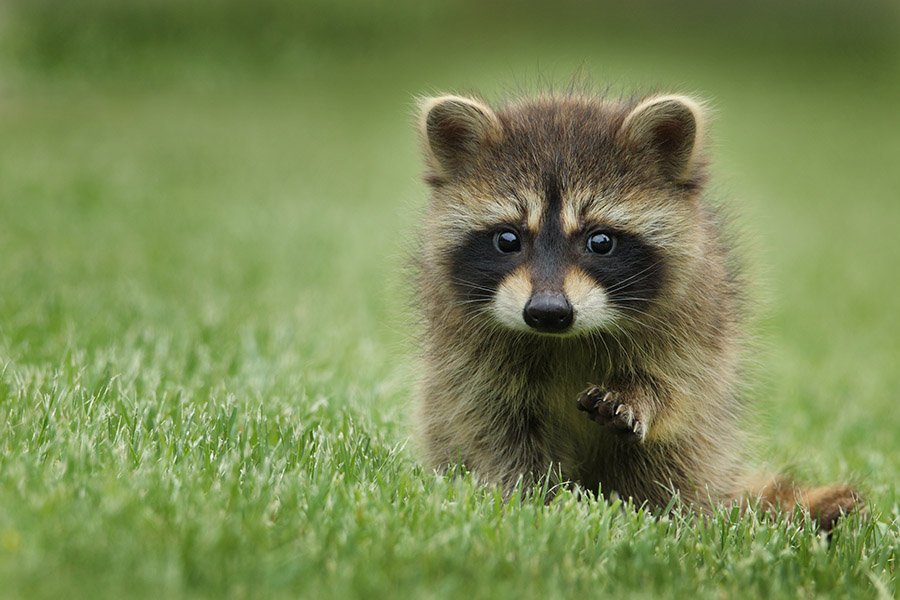
How Many Raccoons Are There in The World?
It is difficult to determine the exact number of raccoons in the world due to their widespread distribution and elusive behavior. However, it is estimated that there are over 6 million raccoons in the United States alone.
The North American raccoon population has been estimated variously at between 5,000,000 and 10,000,000. The global population might be 20,000,000.
Are Raccoons Endangered?
The common raccoon is not considered endangered, and its population is stable. However, some species of coatis, olingos, and kinkajous are threatened by habitat loss and hunting.
The pygmy raccoon is listed as severely endangered by the IUCN, the International Union for the Conservation of Nature. There may be less than 250 mature pygmy raccoons left in the wild, and the IUCN thinks there are only 323 to 955 of them. There are no critically endangered raccoon populations elsewhere.
In conclusion, raccoons are fascinating creatures with unique characteristics and behaviors. They are part of a diverse family of animals and play an important role in their ecosystems. While some species may face threats to their survival, it is important to continue efforts to conserve and protect these remarkable animals.

